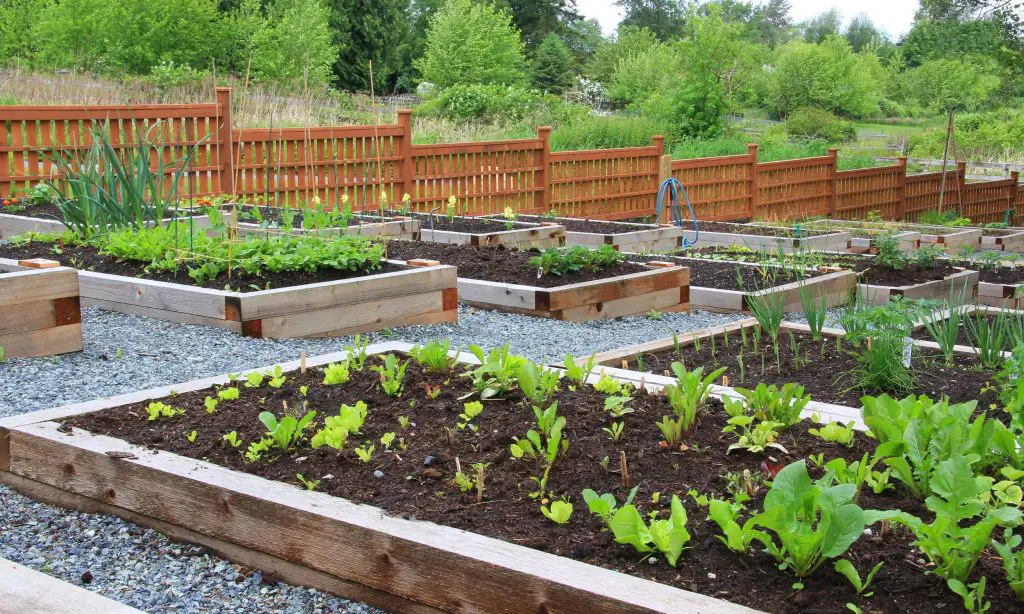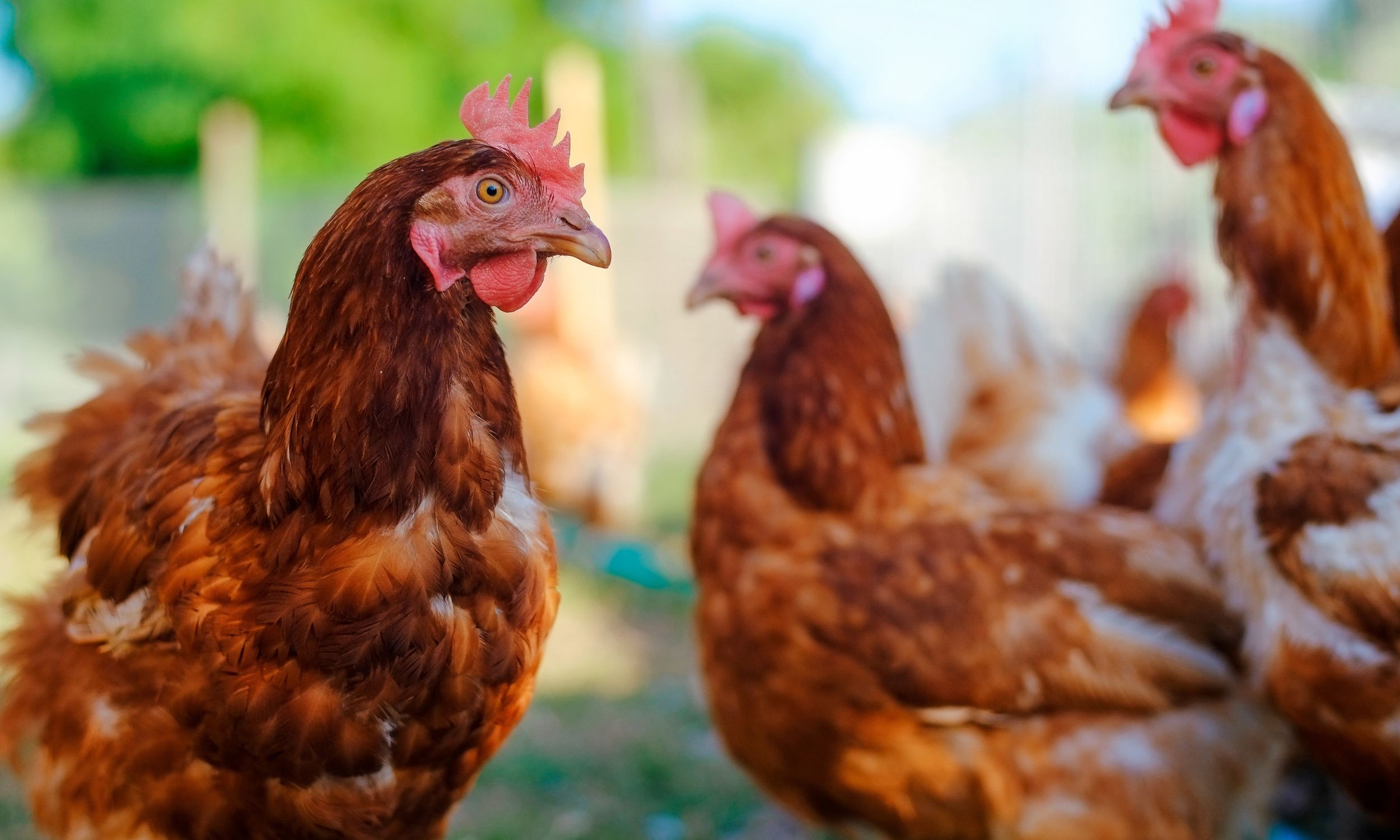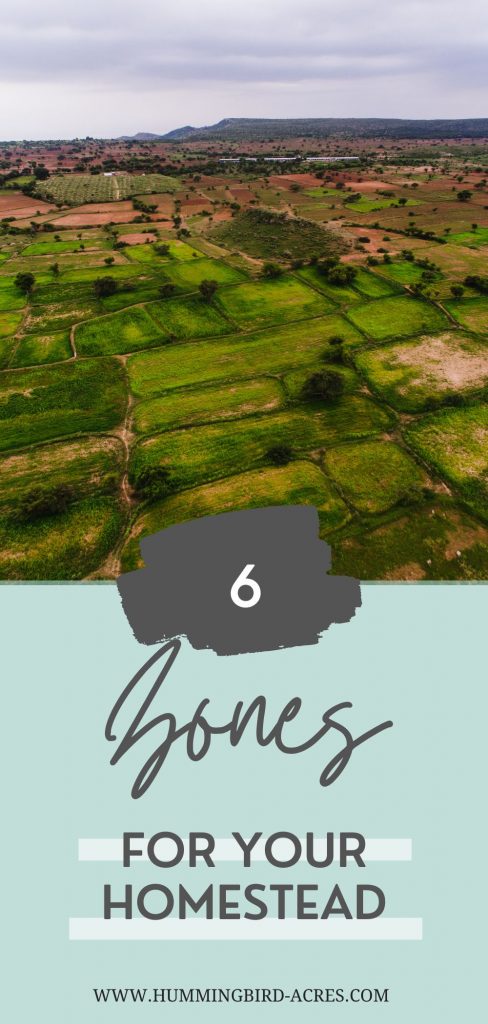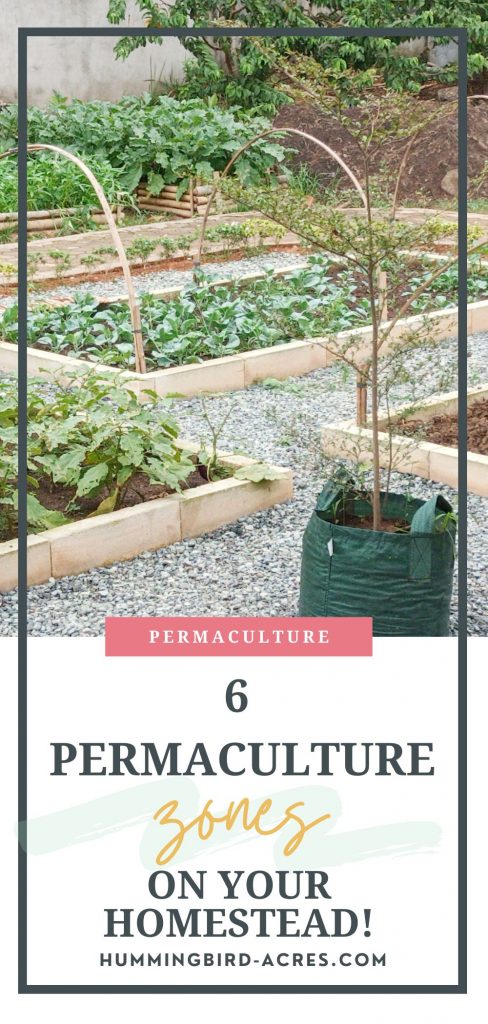Permaculture Zones on Your Homestead
When you think of permaculture, what comes to mind? If you’re like most people, you probably think of large-scale agriculture projects designed to promote sustainability. But did you know that permaculture principles can be applied to homesteads of all sizes? By creating different “zones” on your property, you can maximize the efficiency of your land use and create a self-sufficient system that meets all of your needs. In this blog post, we’ll explore how to create permaculture zones on your homestead. We hope you find it helpful!
Permaculture zones are a way of organizing land use by categorizing activities into zones according to how often each activity needs attention. Things that need tending more frequently, like a vegetable garden, would be placed in zone 1, while things needing less care, such as a fruit tree farm, go in zone 5. The organization of zones helps reduce the amount of energy and time needed to maintain land, while still ensuring that all aspects can work together to create a successful and sustainable environment. Permaculture zoning works to provide an efficient design for reducing redundant labor and creating abundant yields with minimal effort and time investment.
Disclosure: Some of the links below are affiliate links, meaning, at no additional cost to you, I will earn a commission if you click through and make a purchase.
Define Permaculture and its Benefits
Permaculture is a unique approach to sustainable living, emphasizing the careful incorporation of nature into our lives. The term itself is an amalgam of the words “permanent” and “agriculture,” and it focuses on creating self-sustaining systems that support rather than exploit their local environment. Instead of building highly intensive farms or monocrops, permaculturists use low-impact methods such as companion planting to create diverse and resilient agricultural systems.
By embracing the web of life–harnessing beneficial insects, partitioning animals according to their diets, and digging swales for better access to water–permaculturists are able to cleverly build ecosystems that are both productive and biodegradable. The benefits are twofold; not only do permacultural systems provide necessary nutrition while conserving resources, they also reduce our reliance on artificial chemical inputs and outside energy sources like oil or electricity.
As such, permaculture represents an elegant solution towards a more environmentally conscious form of living in which humans can exist in closer harmony with the natural world.
Learn more about the 12 Principals of Permaculture – HERE.

Zones in Permaculture Design
The term permaculture is derived from the words ‘permanent agriculture’ and refers to a system of agricultural principles that promote sustainable practices. Permaculture design is an ethical way of creating beneficial relationships between humans and their environment, making sure we take care of both ourselves and nature in equal measure. An important part of permaculture design are zones: areas classified according to its intended intensity of use.
Zone 0
Zone zero is your house. Everything stems from your home, so this acts as the “bullseye” to your permaculture zone. It’ll be in the center of it all and each zone will branch off from there.
Zone 1
These are areas of your property that you’re going to visit or frequent multiple times daily. So your kitchen garden is where you will grow your kitchen herbs, maybe lettuces and other veggies that you want to harvest multiple times a day throughout the season.
This could also be an area for your pets, where you need to fill a dog bowl daily, etc. Also, you may want the doorway to the chicken coop or nest boxes within that zone one as well.
You don’t want these areas too far out, especially during seasons of weather, etc.
Zone 2
Zone two are areas you visit once or twice per day. These could be gardens, barns, ponds or other water features, etc.
What lies in zone two for one family may be different for others, so it’s important to consider your lifestyle when planning out these zones.
Zone two has a lot of activity and action, but it’s a step down from the zone one activity.
Now orchards can sit anywhere from zone two to zone four, depending on what you’re growing and how often you’re harvesting from the trees, but usually zone 2-3.

Zone 3
Zone three will often include mostly pastures, bare ponds, and possibly some orchards. In this zone, you might allow cattle to free-range, or maybe put your chickens to work rehabilitating the land in a chicken tractor.
This land probably has regular use, but not daily visits by humans.
Zone 4
Minimal use such as wood plots, some pasture, maybe ponds, etc. It’s more natural, but you’re still managing that land whether it’s a pasture where you’re growing hay, managing the trees or harvesting wood, etc.
Zone 5
A totally natural area where it’s just a natural habitat to enjoy, hunt, explore, etc. This land isn’t managed and is typically the furthest from the home… but not always.
Some people will bring a corridor of zone 5 right through the other ones and close to the house to enjoy wildlife and the natural environment up close. This really depends on your land and desires.

Planning Zones on Your Homestead
If you’re already living on your property, you will have to work with what you have. However, if you’re in the market to buy your own land, it’s a good idea to consider the layout of the property in these zones. Where will your house go? Does that leave adequate space for all the zones you’ll need?
Grouping your zones will help you be more efficient with time and energy. You don’t want to have a walkout one way from the house, then all over again on another side in order get what’s needed for dinner! If possible try grouping these items together so that they’re close by when we need them most – this makes life easier while still saving some steps each day.
To make the most out of your time and be efficient with chores, you can organize them based on what tasks need to get done in a certain area at specific times. For example if there are eggs reserved for morning rush hour while milk processing takes place during noon hours; then both activities should theoretically occur close together so they don’t disrupt any other schedules or workflows.
Finish one job before moving onto another!
It’s obviously much easier to start your homestead with a blank canvas, however, if you’re buying an established property, it may be more difficult to make these zones work well for you.
It’s our recommendation to take a little time to observe the land, think things through based on what you’re going to do on the property and how you’re going to use it before establishing infrastructures and systems.

By using the Permaculture Zones method, you can create a homestead that is not only beautiful and abundant, but also low-maintenance. By creating systems that take advantage of the natural flow of energy on your property, you can find ways to save time and money while still enjoying all the benefits of owning a homestead.
If you are interested in learning more about Permaculture be sure to head on over to our Permaculture Section to learn more.
You may also enjoy these related articles:
Did you enjoy this article? Want to hear more? Stay in touch! Sign up below to receive weekly tips and inspiration for your homestead.
Pin for Later


